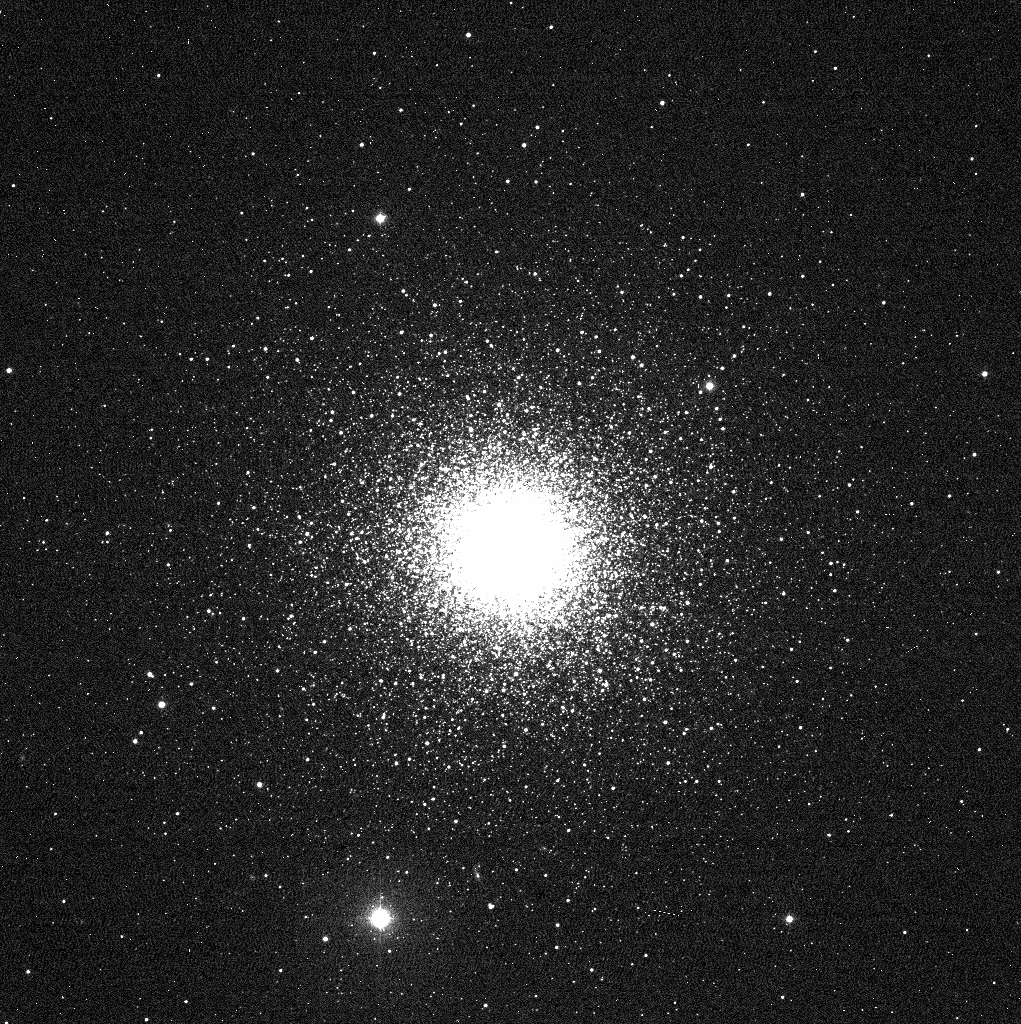
Executive summary: after the summer 2018 shutdown, the two northern corners of HDI images suffer from amplifier glow, at a level of about 0.08 counts per second. The problem is significant only for exposure times longer than a few minutes.
We suggest that observers who take long exposures create master dark frames, and subtract those master darks from their images.
In early September, 2018, Jae-Woo Lee reported that some of his long exposures showed a type of image defect that had not been present in the past: amplifier glow in two corners of the chip.
First, let's look at some pictures. I'll present some numbers later.
To provide a baseline, I've chosen 3 images with very long exposures, all taken before the summer of 2018. Pay close attention to the upper (northern) corners of the images.
The image (of NGC 5272) is oriented with North up, East to the left. After removing the overscan contributions to the image, the sky value was around 40 counts. The greyscale is stretch from black = 30 counts to white = 130 counts.

Below are zoomed-in closeups of 100x100-pixel regions in the upper-left (north-east) and upper-right (north-west) corners of the image.
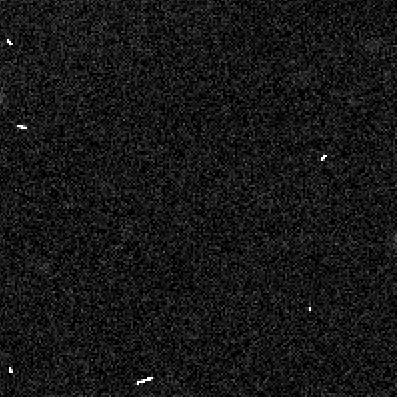
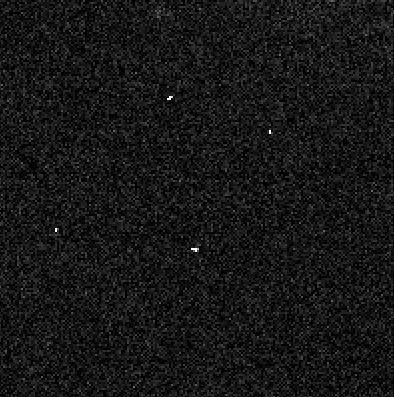
The image (of NGC 4051) is oriented with North up, East to the left. After removing the overscan contributions to the image, the sky value was around 60 counts. The greyscale is stretch from black = 40 counts to white = 140 counts.
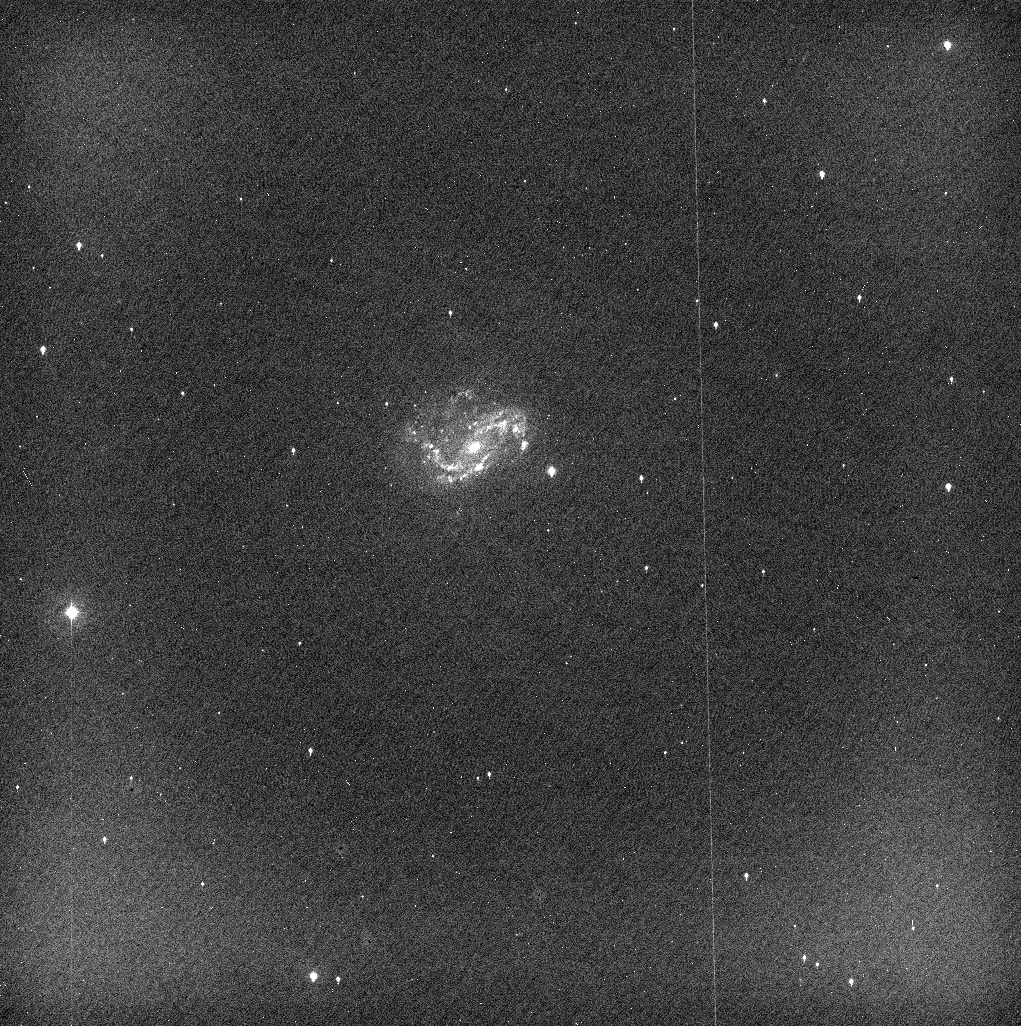
Below are zoomed-in closeups of 100x100-pixel regions in the upper-left (north-east) and upper-right (north-west) corners of the image.
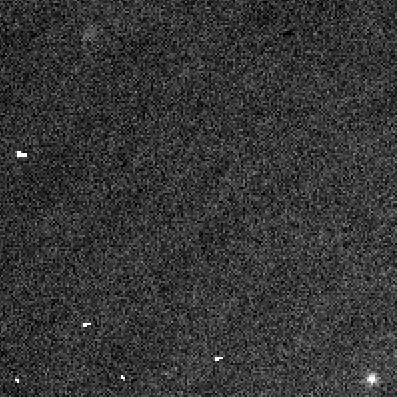
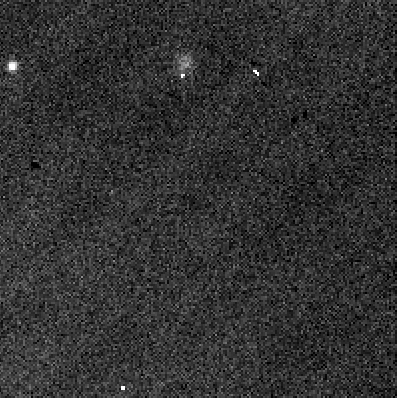
The image (of NGC 4051) is oriented with North up, East to the left. After removing the overscan contributions to the image, the sky value was around 75 counts. The greyscale is stretch from black = 50 counts to white = 150 counts.
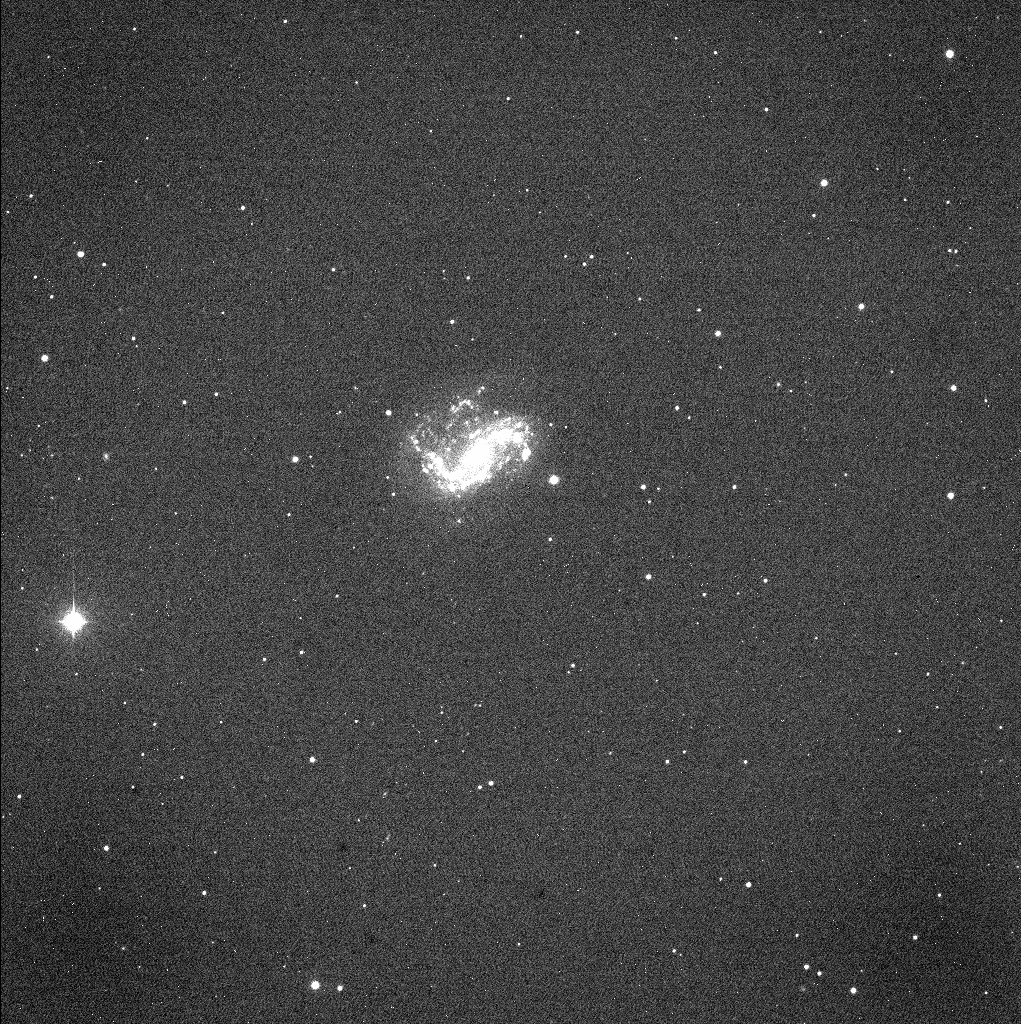
Below are zoomed-in closeups of 100x100-pixel regions in the upper-left (north-east) and upper-right (north-west) corners of the image.
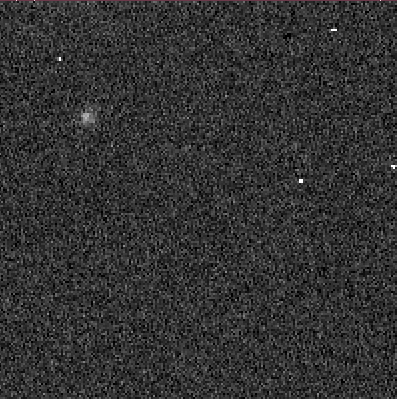
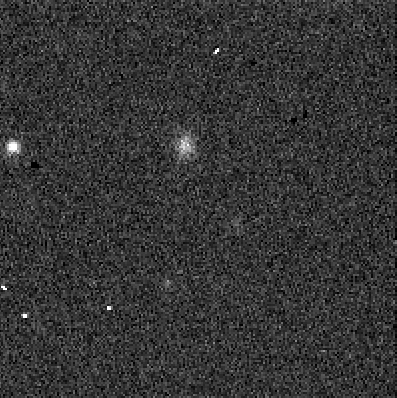
Now, after the summer 2018 shutdown, let's examine another long exposure. This is one of a set of dark frames I took on Sep 10, 2018 (20180910).
This bias frame is oriented with North up, East to the left. After removing the overscan contributions to the image, the "sky" value was close to zero. The greyscale is stretch from black = -10 counts to white = 90 counts.
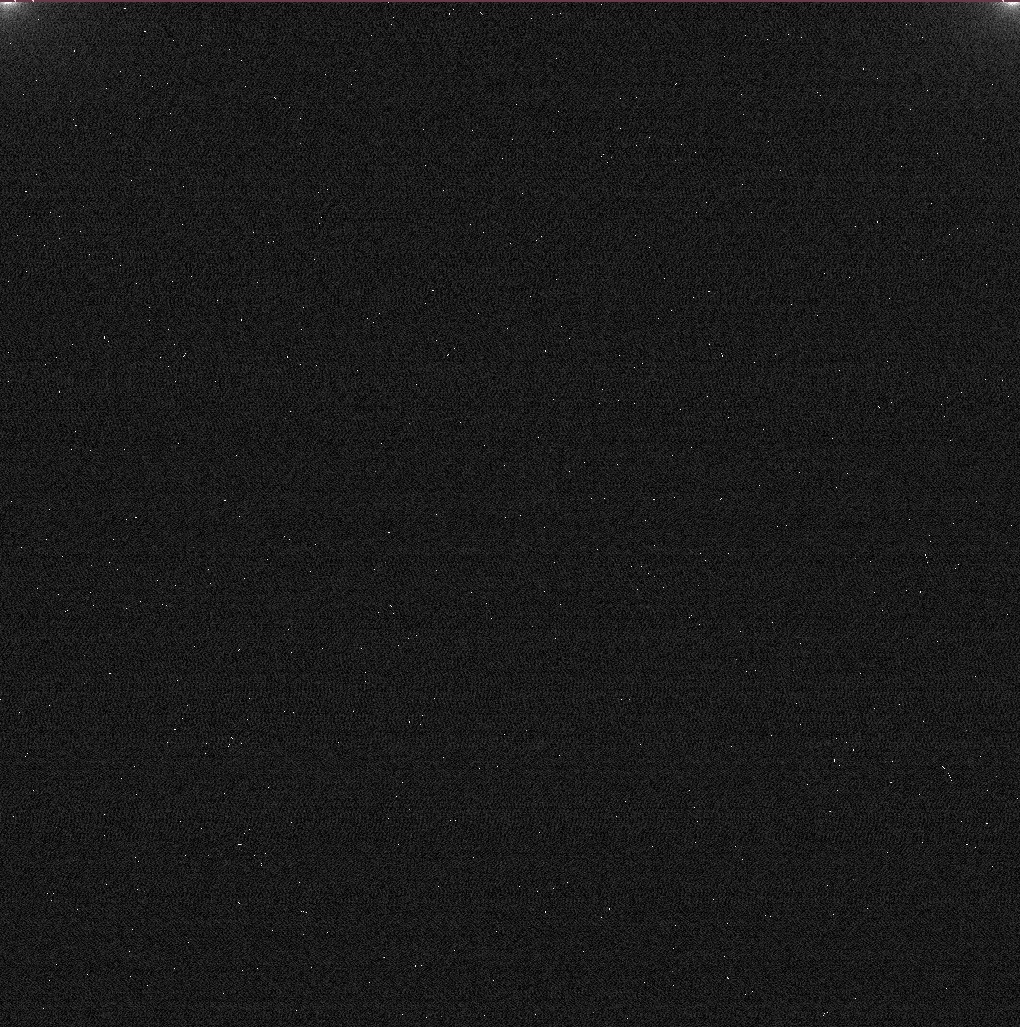
Below are zoomed-in closeups of 100x100-pixel regions in the upper-left (north-east) and upper-right (north-west) corners of the image.
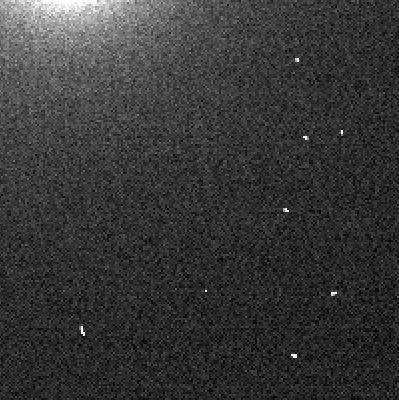
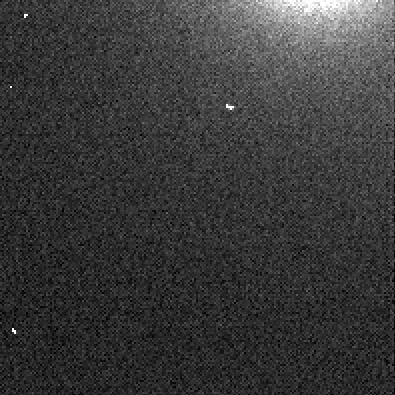
In this frame -- and others taken in the past week by Jae-Woo Lee and by myself -- there is a faint glow near the upper corners. This is undoubtedly glow from the chip's amplifiers. Although I have not been able to find any descriptions of amplifier glow for the chip in HDI (which is an e2V CCD 231-84), I did see one mention of amplifier glow in another e2V chip: example of glow in e2V CCD87.
If one zooms in on the upper corners of the chip, one sees the center of the glow is along the top row of the image, but displaced about 40 columns from the edge. This position is consistent in the images I have examined.
What is the intensity of this glow? In order to measure it, I took a series of dark frames, with exposure times of 1, 10, 100, 500, 1000, 1500 seconds. For each frame, I
Four of the boxes were small, 10x10 pixels in size, designed to capture the peak of the regions affected by the glow. I placed one box in each of the corners of the chip, offset by 40 columns from the corner itself. The fifth box was larger, 100x100 pixels, and located in the center of the chip, to measure the properties of "sky" pixels far from the corners. In one case, I moved this "center" box away from the exact center to avoid a bright object.
The results of my measurements are in this ASCII text file:
and are summarized in the graph below. Red points are measurements made before the summer 2018 shutdown, and blue symbols measurements made afterward. I've subtracted overscan and a global sky value from all measurements. The symbols labelled "lower" are from 10x10 boxes in the lower corners, "upper" from 10x10 boxes in the upper corners, and "center" from 100x100 box in the center of the image.
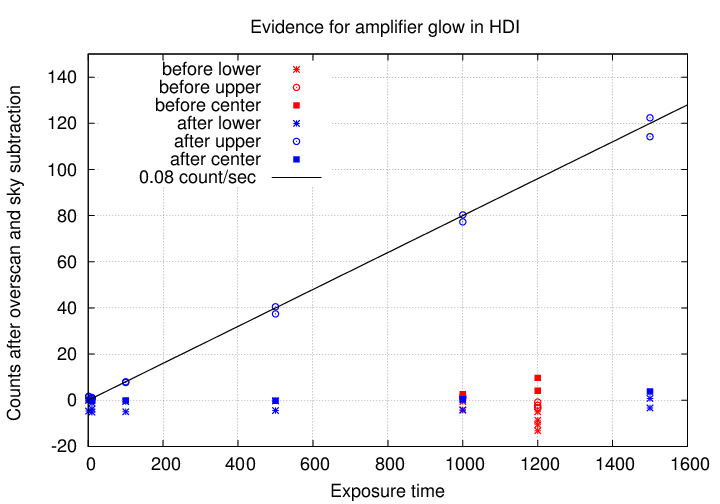
The glow in the upper corners of the chip increases at a rate of roughly 0.08 counts per second.
Since the glow appears to be relatively constant and stable, observers may be able to remove it from their target images by using dark frames.